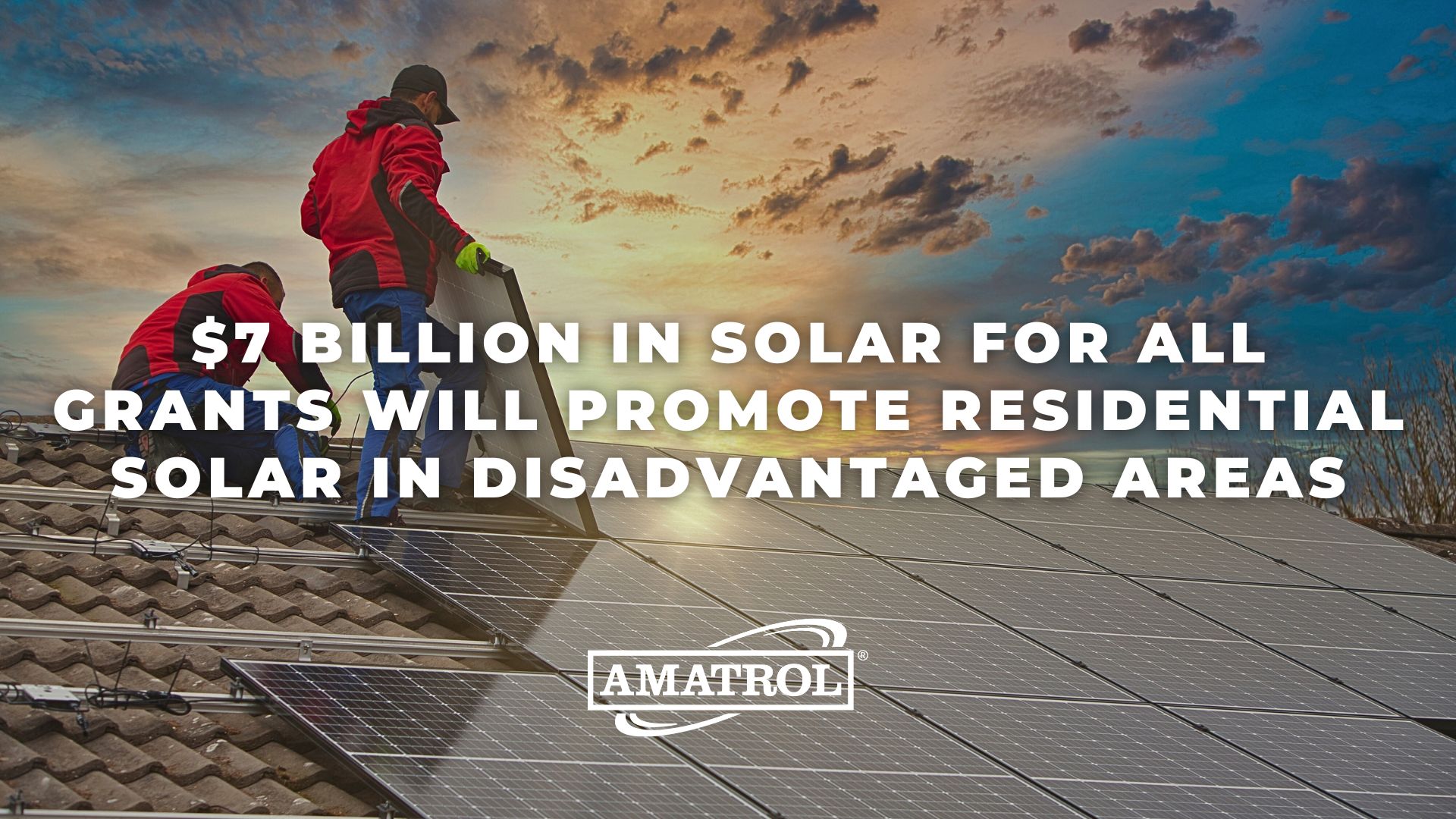When it comes to “going green,” electric vehicles (EVs) seem to be getting all the press these days. However, other alternative energy technologies—especially solar—have been around for a much longer time and might be making significant headway thanks to a recent funding announcement by the Biden administration.
According to a Fact Sheet published by The White House, on Earth Day 2024 “[t]he President will announce $7 billion in grants through the Environmental Protection Agency’s Solar for All grant competition, a key component of the Inflation Reduction Act’s $27 billion Greenhouse Gas Reduction Fund.”
One of the most significant barriers to expansion of residential solar across the U.S. has been the upfront costs associated with such systems, leading to a disparity in the areas that can afford to embrace solar power. These new grants will seek to change that.
According to The White House, “[s]electees under the Solar for All program will serve every state and territory in the nation and deliver residential solar power to over 900,000 households in low-income and disadvantaged communities, saving overburdened households more than $350 million in electricity costs annually – approximately $400 per household – and avoiding more than 30 million metric tons of carbon pollution over the next 25 years.”
In a recent Reuters article, authors Andrea Shalal and Nichola Groom note that the funding “will create 200,000 jobs” and “[g]rant recipients include 60 state and local agencies and non-profits with programs to help residents in poor communities go solar and save on their power bills. The winners include several organizations with plans to provide solar to native American households in states including Alaska, Arizona, New Mexico and Colorado.”
As this grant money flows to communities to expand residential solar capacity, thousands of new jobs will need to be filled with workers equipped with a wide variety of electrical and solar power skills. Given the current skills gap issues creating a shortage of workers throughout industry, the number of new workers with solar skills will require both upskilling of current workers and training current students with the solar-specific skills they’ll need to be successful in the jobs on the horizon.
Fortunately, you don’t have to be an expert at training to implement a new program. The experts at Amatrol have been working together with industry and educational institutions for years to design training programs featuring eLearning curriculum and hands-on experience with trainers equipped with industrial components workers will encounter on the job.
For example, check out the following solar training systems available from Amatrol:
- Alternative Energy Learning System – Solar (850-AES): Teaches aspiring solar technicians the knowledge and skills they need to prepare for portions of the solar certifications offered by such certifying groups as NABCEP (North American Board of Certified Energy Practitioners) and ETA (Electronics Technicians Association).
- Solar PV Installation Learning System (950-SPF1): Teaches students the installation and commissioning of grid interactive and stand-alone photovoltaic systems for commercial and residential applications. It also supports the learning necessary to prepare for portions of NABCEP (North American Board of Certified Energy Practitioners) certification and helps to prepare students for successful employment in the solar photovoltaic industry field.
- Solar PV Troubleshooting Learning Systems (950-SPT1): Allows students to develop the specialized skills and knowledge needed for working with the common types of PV systems. The 950-SPT1 teaches students connection, operation, programming, and troubleshooting of AC/DC and grid-connected systems.
- Solar Thermal Troubleshooting – Closed-Loop Learning System (950-STCL1): Allows learners to develop the specialized skills and knowledge needed for working with the two common types of thermal closed-loop systems: drainback and pressurized. Solar Thermal Troubleshooting teaches learners about connecting, operating, programming, and troubleshooting both drainback and pressurized systems.
- Solar Thermal Installation Learning System (950-STF1): Teaches students the installation and commissioning of closed loop and open loop solar thermal systems for commercial and residential applications. Students will learn how to install systems by selecting, preparing, mounting and connecting solar thermal components using copper tubing, PVC piping, and electrical wiring.
- Solar Thermal Troubleshooting – Open-Loop Learning System (950-STOL1): Examines how to connect, operate, program, and troubleshoot open-loop solar thermal systems. The combination of in-depth, multimedia curriculum with real-world equipment gives learners hands-on experience with both drainback and pressurized open-loop solar thermal systems.
For more information about how Amatrol can help you upskill your current workers, contact an expert at Amatrol today!





